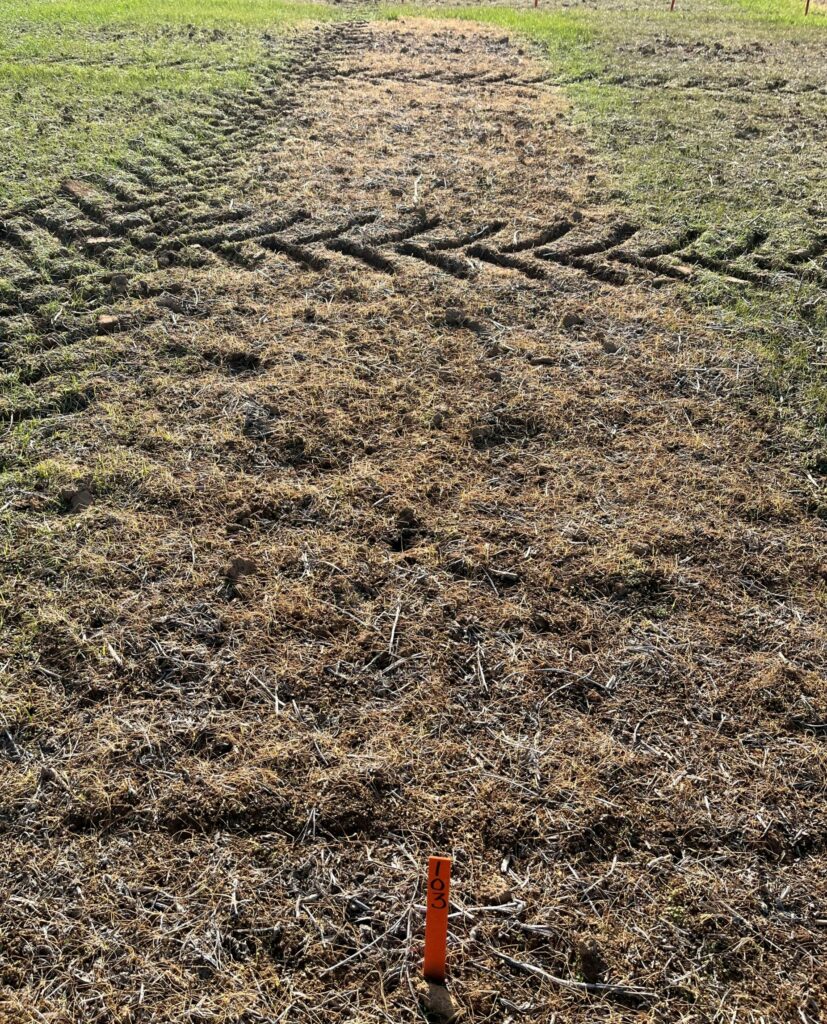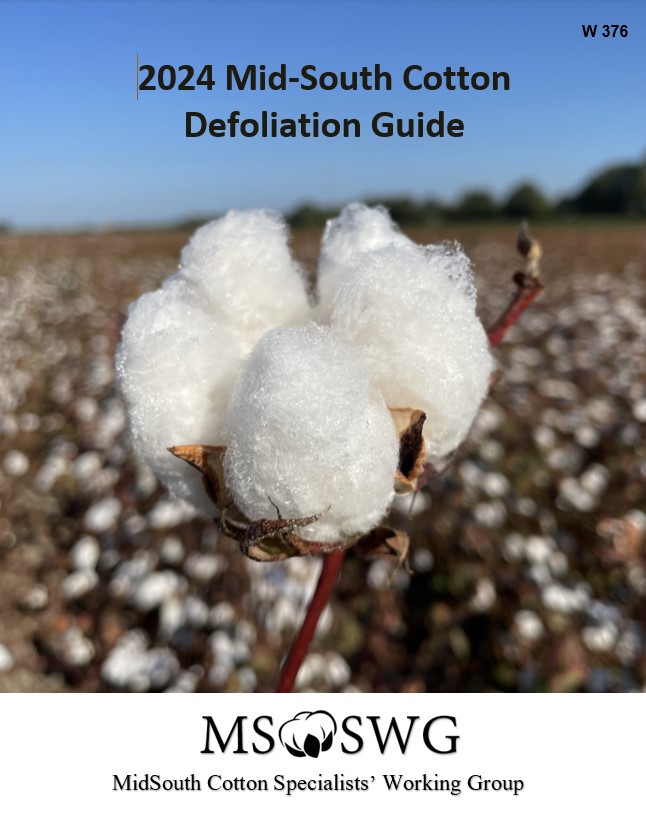
Ryegrass has become a serous weed issue in some fields the past couple of years. A major reason for this is that much of it is now glyphosate-resistant. Even if clethodim is used rather than glyphosate often it is applied on ryegrass sometime in late March through April when the grass is too well established to provide consistent control. Continue reading


